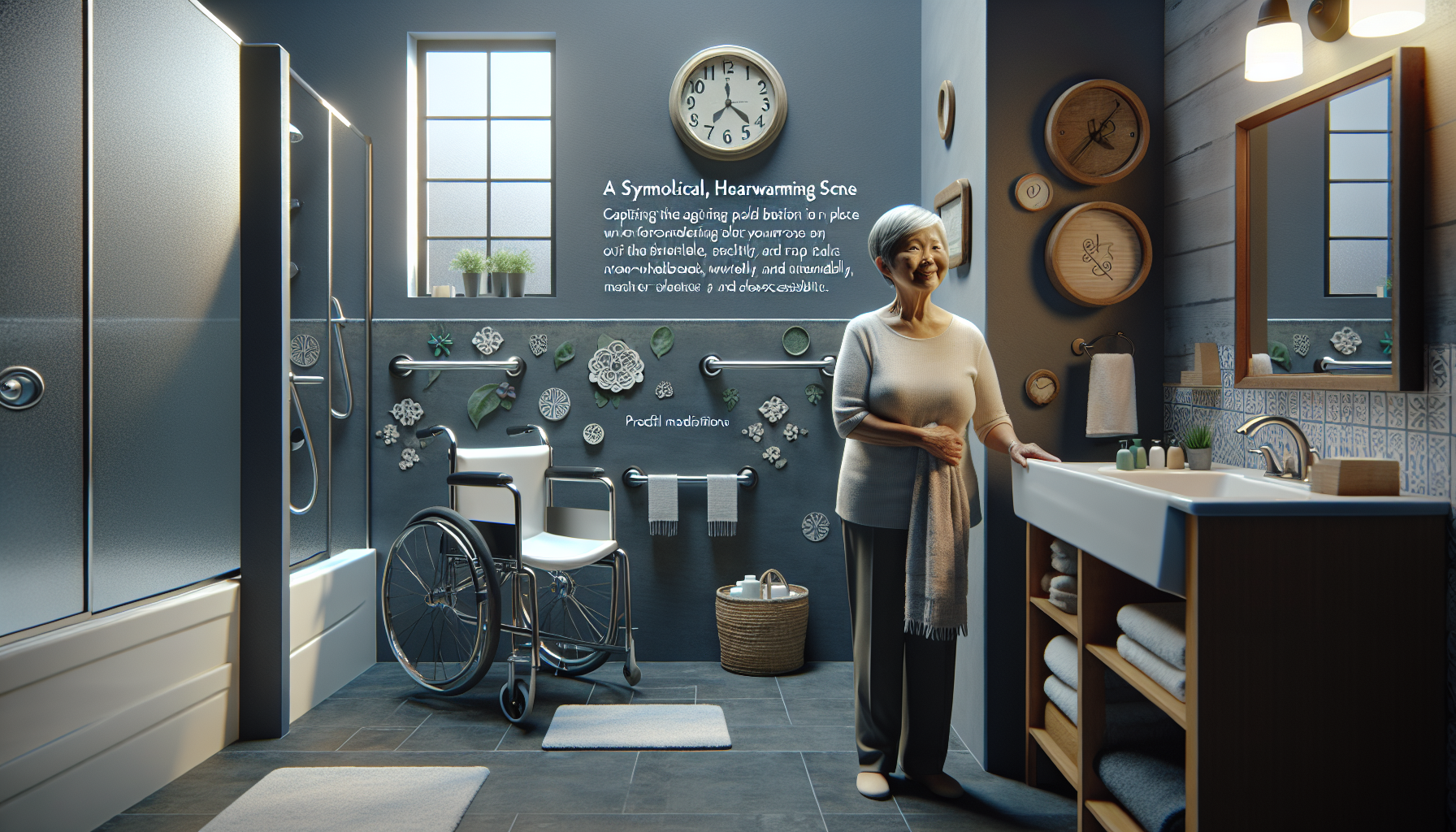Are you or a loved one considering staying in your own home as you age? If so, it’s important to ensure that your plumbing is safe and accessible. This comprehensive guide will walk you through the steps of remodeling your plumbing to accommodate the needs of aging in place. From installing grab bars in the shower to adding lever-style faucets, you’ll find practical tips and expert advice to make your home a safe and comfortable space for years to come. Don’t let plumbing become a barrier to enjoying your golden years – let this guide help you create a space that caters to your needs, while maintaining the charm and comfort of your home.
Assessing Plumbing Needs
When it comes to aging in place, ensuring that your home’s plumbing is in good condition is essential. Start by evaluating your existing plumbing systems to identify potential issues that may arise as you age. This assessment will help you determine the necessary improvements and modifications required to create a safe and accessible environment.
One crucial aspect to evaluate is the water supply in your home. It’s important to ensure that you have an adequate water supply that meets your needs. This includes checking the water pressure and flow in different areas of your house to identify any problems that may need to be addressed. Additionally, it’s essential to check for leaks and pipe corrosion to prevent future issues and damage to your plumbing system.
Choosing Aging-Friendly Fixtures
To make your plumbing system more aging-friendly, consider installing grab bars and handrails in key areas such as bathrooms and stairways. These fixtures provide stability and support, reducing the risk of slips and falls. When selecting toilets, opt for ADA-compliant models that are designed with accessibility in mind. Their higher seating position and wider dimensions make them easier to use for individuals with mobility limitations.
Lever-style faucets are an excellent choice for aging individuals as they require less dexterity and strength to operate. Consider installing motion sensor faucets that detect movement and automatically turn on the water. These hands-free faucets can be particularly beneficial for individuals with limited mobility or arthritis.
When it comes to showers or tubs, walk-in options are a popular choice for improving accessibility. Walk-in showers eliminate the need to step over a high threshold, making entry and exit easier and safer. If you prefer baths, consider installing a walk-in tub with a door for effortless access.
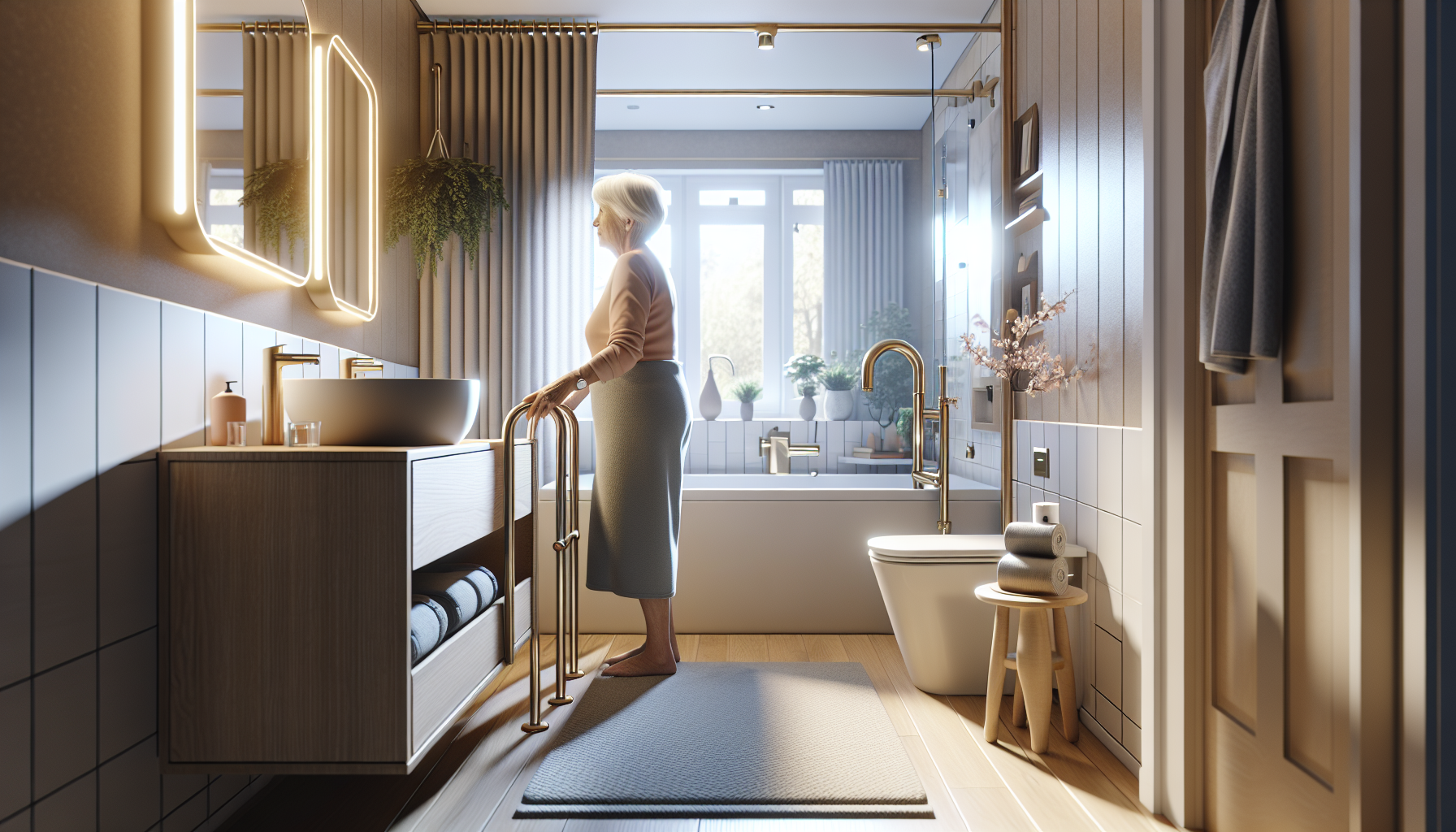
Improving Accessibility
In addition to choosing aging-friendly fixtures, there are several modifications you can make to improve accessibility in your home. Adding anti-scald devices to your faucets can help prevent accidental burns, providing an extra layer of safety. These devices regulate water temperature and prevent sudden temperature changes, especially crucial for individuals with decreased sensation.
Installing wheelchair-accessible sinks can make a significant difference in the ease of use for aging individuals with mobility limitations. Lowering sink and countertop heights also promotes accessibility, allowing for comfortable use from a seated position. Modifying tubs by installing grab bars and handrails, as well as adding non-slip surfaces, can greatly enhance safety and ease of use.
Ensuring Safety
Safety should be a top priority when remodeling your plumbing for aging in place. Updating emergency shut-off valves is essential to quickly and easily cut off the water supply in case of a plumbing emergency. This ensures that you can take immediate action to prevent extensive water damage.
Installing non-slip flooring in all areas of your home, especially in bathrooms and kitchens, is crucial to prevent falls. Loose or dangling pipes should be secured properly to prevent accidents or injuries. Adequate lighting is also essential for aging individuals to navigate their home safely, particularly during the night. Install additional light fixtures or consider motion sensor lighting to improve visibility and prevent accidents.
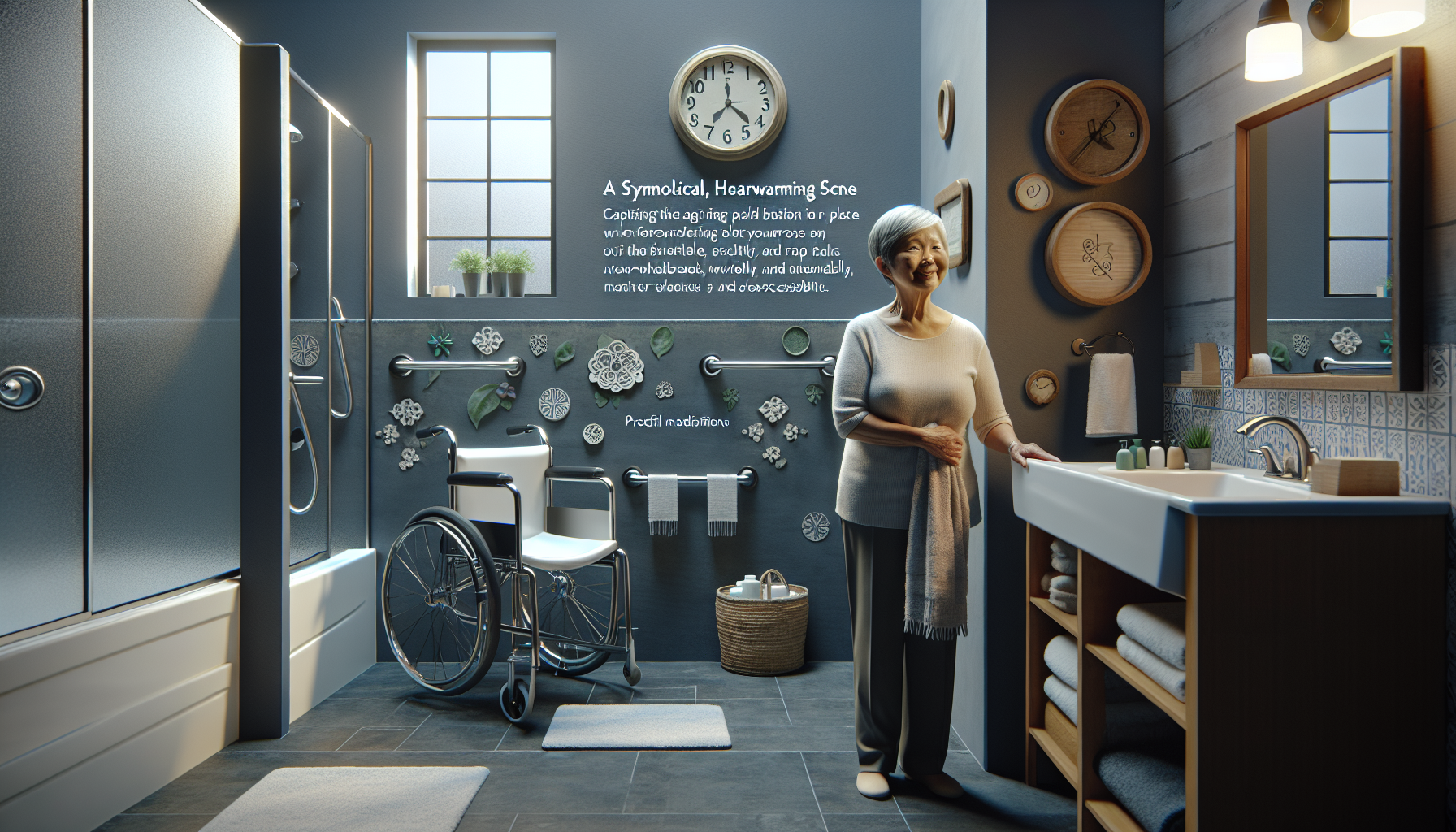
Addressing Mobility Concerns
For individuals with limited mobility, additional modifications may be necessary to ensure ease of movement throughout the home. Installing a stair lift or elevator can eliminate the need for climbing stairs, providing a safer and more comfortable option. Creating accessible pathways throughout the house by removing obstacles such as furniture or rugs can improve mobility and prevent trips and falls.
Door thresholds can pose a significant challenge for individuals using mobility aids, such as wheelchairs or walkers. Removing these thresholds or installing ramps can make navigation easier and more accessible. Another helpful modification is installing hand-held showerheads, allowing individuals to shower while seated or with greater ease.
Preventing Water Damage
Water damage can be a costly and disruptive issue, especially in aging homes. Upgrading to leak-proof pipes can help prevent potential leaks and costly repairs down the line. Consider replacing old or corroded pipes with more durable options such as PEX or copper pipes.
Installing sump pumps and drain systems can help prevent water accumulation in basements or crawl spaces, reducing the risk of flooding. Adding water alarms and shut-off valves provides an additional layer of protection by automatically detecting leaks and shutting off the water supply to prevent further damage. Regularly maintaining proper drainage, such as keeping gutters and downspouts clear, also helps prevent water buildup and potential damage to your home.
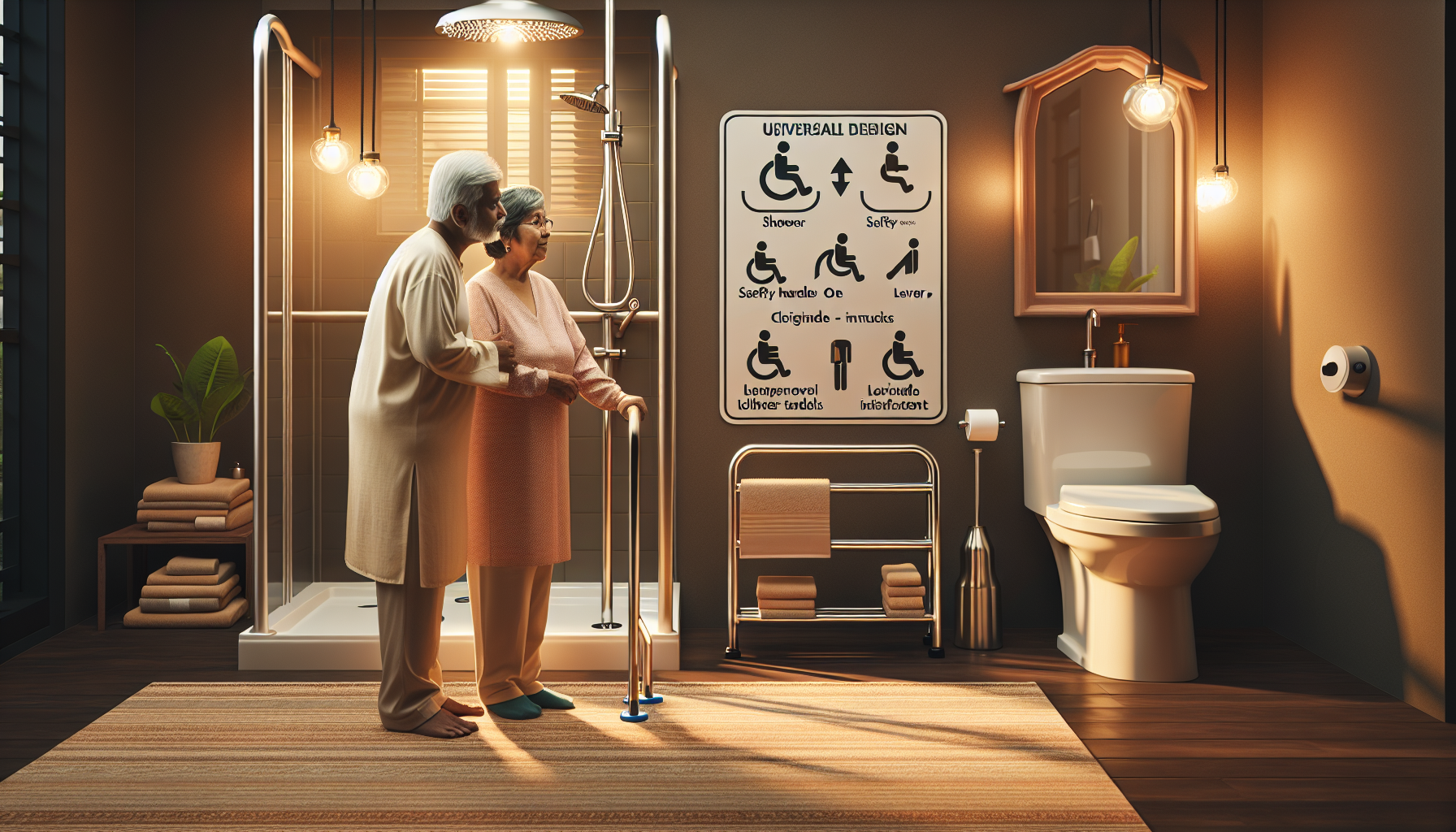
Considering Assistive Technology
Advancements in technology have made it easier than ever to incorporate smart home plumbing options into your aging-in-place remodel. Exploring options such as temperature and moisture sensors can provide valuable information on water leaks and potential issues. These sensors can alert you to irregularities, allowing for quick action to prevent damage.
Remote monitoring systems are another useful tool to consider. These systems allow you to keep an eye on your plumbing system from anywhere, giving you peace of mind and the ability to address any concerns promptly. With the help of assistive technology, you can stay on top of your plumbing’s health and take preventative measures to avoid potential problems.
Planning for Future Needs
As you age, your needs may change, and it’s important to consider this when remodeling your plumbing. By considering universal design principles, you can create a home that is accessible for all individuals, regardless of age or ability. Think about the future and how any modifications you make now will accommodate these changes.
Design your remodel to allow for future modifications, whether it’s adding additional grab bars or widening doorways to accommodate wheelchairs. Prepare for accessibility renovations by ensuring that your plumbing system can support any modifications you may need down the line. Consulting with aging-in-place specialists can provide valuable insights and guidance in creating a home that meets your long-term needs.
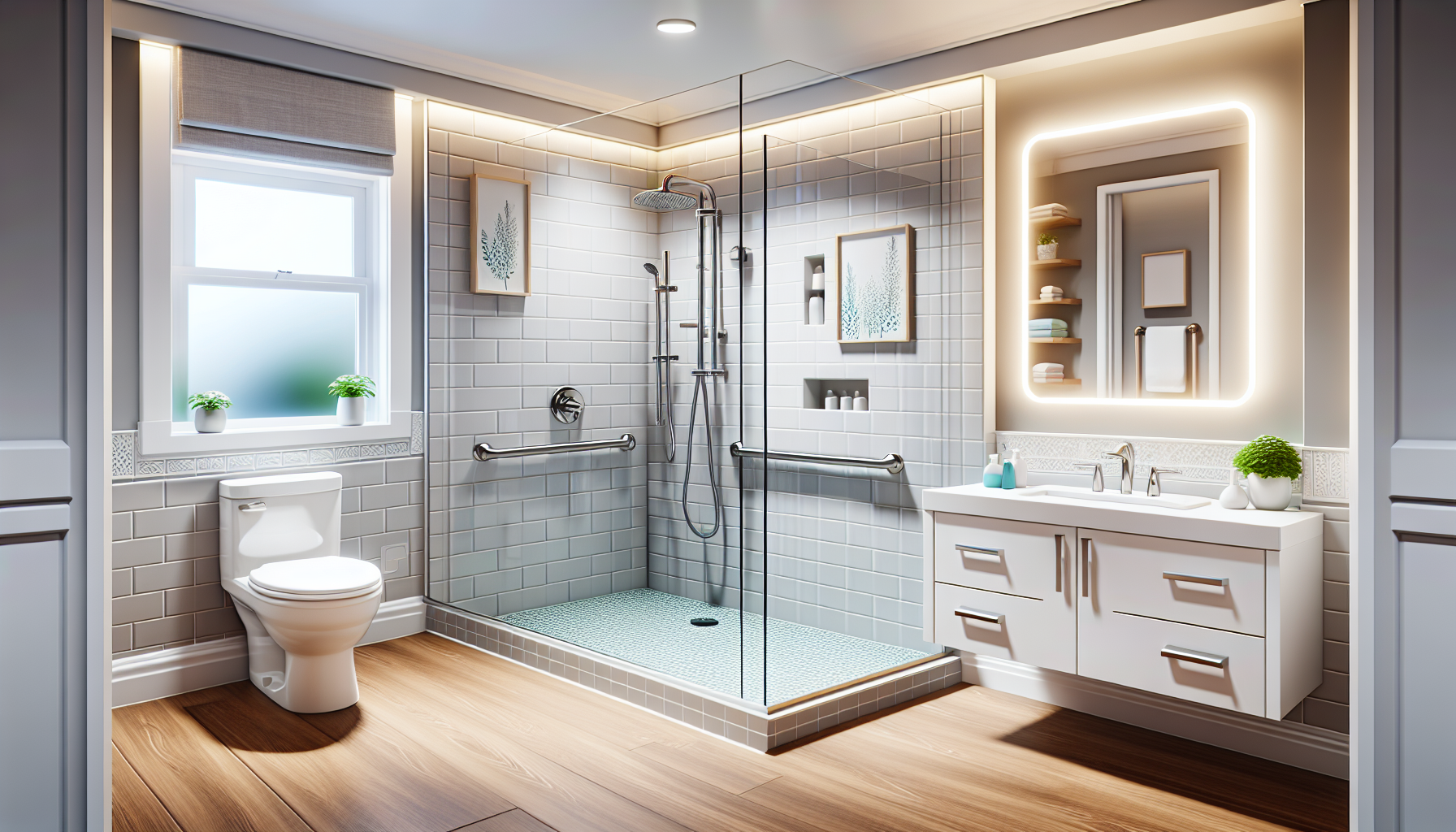
Budgeting for Remodeling
Before diving into your plumbing remodel, it’s important to establish a budget and determine the costs associated with the project. Start with a preliminary cost estimation by researching the average costs for plumbing materials and labor in your area. This will give you a general idea of what to expect and help you plan accordingly.
When comparing different plumbing materials, consider both the upfront cost and the long-term durability and maintenance. Some materials may be more expensive initially but can save you money in the long run by requiring fewer repairs or replacements. Additionally, factor in the cost of necessary permits and inspections to ensure compliance with local building codes.
Hiring professional contractors for your plumbing remodel is strongly recommended to ensure the work is done correctly and to code. While it may require a larger upfront investment, it can potentially save you money in the long run by preventing costly mistakes or repairs. Obtain multiple quotes from reputable contractors and thoroughly check their credentials and references before making a decision.
Sourcing Materials and Suppliers
Researching plumbing fixtures and appliances is an important step in ensuring that you select the right products for your aging-in-place remodel. Look for fixtures and appliances that are known for their reliability, longevity, and functionality. Reputable suppliers can provide valuable guidance and support in choosing the right products for your needs.
When considering eco-friendly options, look for fixtures and appliances that are certified for water efficiency. These products can help reduce water consumption and potentially lower your utility bills. Additionally, checking warranties and product reviews can give you peace of mind and insight into the quality and performance of the items you plan to purchase.
By following this comprehensive guide to remodeling plumbing for aging in place, you can create a safe, accessible, and functional home that will support you as you age. Carefully evaluating your plumbing needs, choosing aging-friendly fixtures, and addressing accessibility and safety concerns will ensure that your home remains a comfortable and accommodating space for years to come.

